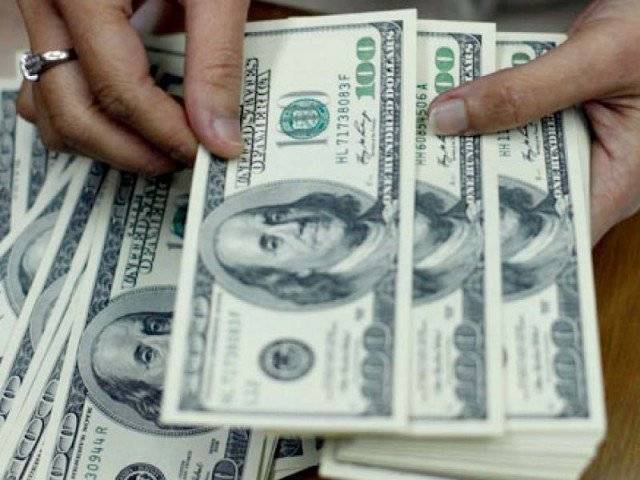ISLAMABAD: The borrowing spree of Pakistan sees no end as it has got a $500 million foreign commercial loan from Industrial and Commercial Bank of China (ICBC) in October.
This loan was obtained to stem the decline in foreign exchange reserves from touching alarmingly dangerous levels, reported Express Tribune.
During July-October of current financial year 2017-18, Pakistan has obtained over $1 billion of loans said sources in Ministry of Finance. This is in stark comparison to claims made by finance ministry it would get $1 billion of loans during current FY 2017-18, the loans contracted during first four months crossed the barrier set.
Pakistan has obtained foreign commercial loans from various banks during current financial year. Citibank has provided $267 million and Credit Suisse released $255 million. Also, a short-term loan agreement of $450 million was also signed with a Credit Suisse led syndicate to address decline in foreign exchange reserves and to pay off a previous loan obtained from this bank.
ICBC and Citibank have been selected as joint lead managers for floating Islamic sukuk and eurobonds, for which road-shows begin on Wednesday to raise $2 to $3 billion from it.
Previously, ICBC had lent Pakistan $300 million commercial loan in last financial year and were obtained to address a decline in foreign exchange reserves. Currently, foreign exchange reserves stand at $13.67 billion.
Since start of FY 2017-18 in July, foreign exchange reserves have declined by $2.5 billion due to large import bill and contributed to widening current account deficit to over $5 billion, a massive spike of 122 per-cent from same period last year (SPLY).
A study conducted by decorated economist Dr Kaiser Bengali concluded foreign loans are only useful if they are utilized for asset building and which would then become a source of earnings. The research conducted said Pakistan’s move from project to programme loans, the country’s infrastructure was ignored and getting fully eroded.
Dr Bengali maintained if rate of return was over 1pc higher than cost of borrowing, only then foreign debt would create issues in debt management, but current loans were obtained to manage financing needs, which adds to Pakistan’s debt pile.




